

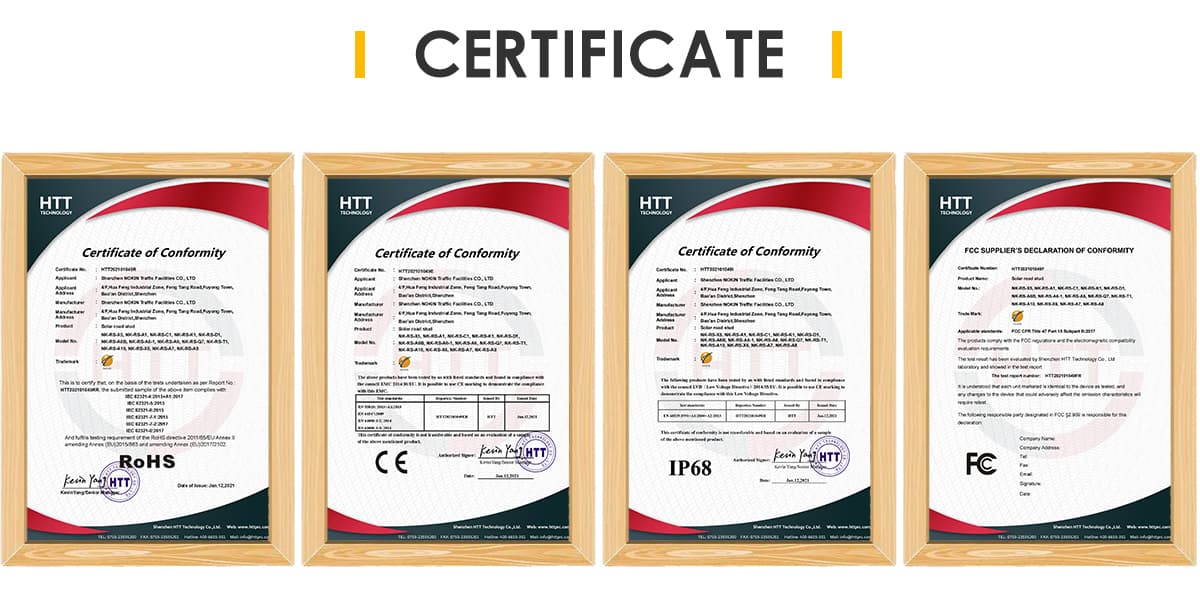

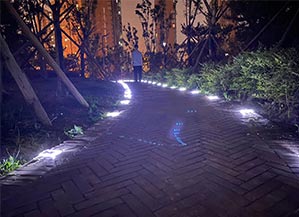
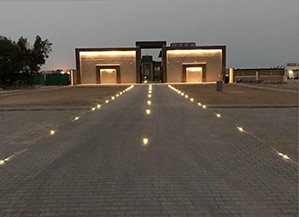
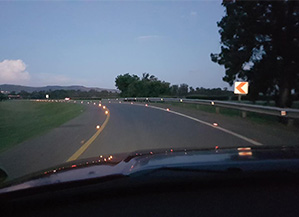

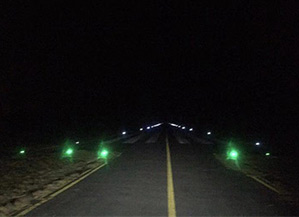
.jpg)
Sep 25, 2019 · Raised pavement markers September 25, 2019 Raised Pavement Markers (RPMs) from NOKIN are tough, impact-resistant lane indicators that feature abrasion-resistant microprismatic lenses for high visibility that will last down the road. NOKIN RPMs can help enhance the visibility of center lines, edge lines and gore, ramp, and specialty applications.
.jpg)
Remove existing RPMs in accordance with Item 677, “Eliminating Existing Pavement Markings and Markers,” except for measurement and payment. Install RPMs in accordance with RPM manufacturer’s recommendations. Place RPMs on new asphalt concrete or surface treatment only after the new surface has aged at least 14 days.
.jpg)
Raised pavement markers. Raised pavement markers enhance and, in some situations, replace painted pavement markings, being used to provide additional near and medium guidance and delineation for motorists in both day-time and night-time conditions. In some instances, they provide an audible and tactile signal when traversed by vehicles.
.jpg)
Raised pavement markers (RPMs) are durable, highly reflective markers used for longitudinal lines and gore markings on new and existing asphalt or concrete road surfaces. NOKIN RPMs are made with NOKIN™ Diamond Grade™ prismatic optics for maximum reflectivity, are lightweight and impact resistant and available for both sun country and snowplow regions.
.jpg)
A raised pavement marker is a safety device used on roads. These devices are usually made with plastic, ceramic, thermoplastic paint or occasionally metal, and come in a variety of shapes and colors. Raised reflective markers include a lens or sheeting that enhances their visibility by reflecting automotive headlights.
.jpg)
The use of raised pavement markers (RPMs) to supplement highway delineations has been well received by road users. At night the reflective marker enhances lane delineation to give the driver an additional feeling of security. Day and night, by a series of tire-marker impacts, the RPM reminds the driver to check his lane position.
.jpg)
Raised Pavement Markers RPMs are installed Every 80 Feet RPMs in Construction Contracts Average prices per RPM have dropped significantly since 2017 due to the larger quantities being installed each year. Safety Need Roadway departure crashes account for over 70% of all traffic fatalities in Arkansas.
.jpg)
for installation of raised pavement markers, (6) assessment of damages to the pavement/joints caused by raised pavement markers, (7) snowplowing activities on roadway assets, (8) inspec-tion and maintenance of raised pavement markers, (9) assessment of damages to raised pavement markers, and (10) criteria for measuring ‘‘satisfaction
.jpg)
621.08 Raised Pavement Markers Removed 621.09 Method of Measurement 621.10 Basis of Payment 621.01 Description. This work consists of preparing the pavement and furnishing and placing plowable raised pavement marker castings (RPMs) and prismatic retroreflectors, and removing existing RPMs for disposal. 621.02 Materials.
.jpg)
Raised Pavement Markers (RPMs) and Halftracks are long-term temporary road markers designed for use on both low volume roads and interstate highways, providing clear guidance to motorists both night and day. They are widely used in 2-way, 2-lane detour operations.
.jpg)
RAISED RETRO-REFLECTIVE PAVEMENT MARKERS AND BITUMINOUS ADHESIVE 706-1 Description. Place raised retroreflective pavement markers (RPMs) and adhesive, which upon installation produces a positive guidance system to supplement other reflective pavement markings. 706-2 Materials. Use only Class B markers unless otherwise shown in the Plans.
.jpg)
Raised pavement markers. This specification and guidance notes cover performance requirements for retroreflective and non-retroreflective raised pavement markers (RRPMs and RPMs). Raised pavement markers used on the state highway must be on the current list of type approved markers. Markers that have current apprNOKIN in terms of M/12 for use on
.jpg)
Delineation – Section 15 Raised pavement markers 15.1 General principles 15.1.1 Purpose Raised pavement markers (RPMs) are used to amplify, augment and, in some instances, to simulate painted markings. The main advantages of raised pavement markers are: (a) They provide day and night visibility during adverse weather conditions
.jpg)
Retroreflective raised pavement markers (RRPMs) are typically 4 inch-square raised markers that have one- or two-way retroreflective faces that make them visible to traffic at night. As a traffic-calming device, RPMs can be used to delineate a centerline or lane line, making drivers feel more restricted and thereby inducing them
.jpg)
RAISED PAVEMENT MARKER (RPM) RCOC/TS:AL PAGE 1 OF 4 RCOC20SP811B ORG:05-11-21 REV:05-11-21 a. Description This work consists of furnishing and installing new Raised Pavement Markers (RPM) complete with prismatic retroreflective lenses. The markers shall consist of an iron casting with replaceable prismatic retroreflectors